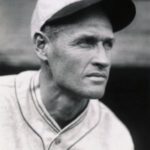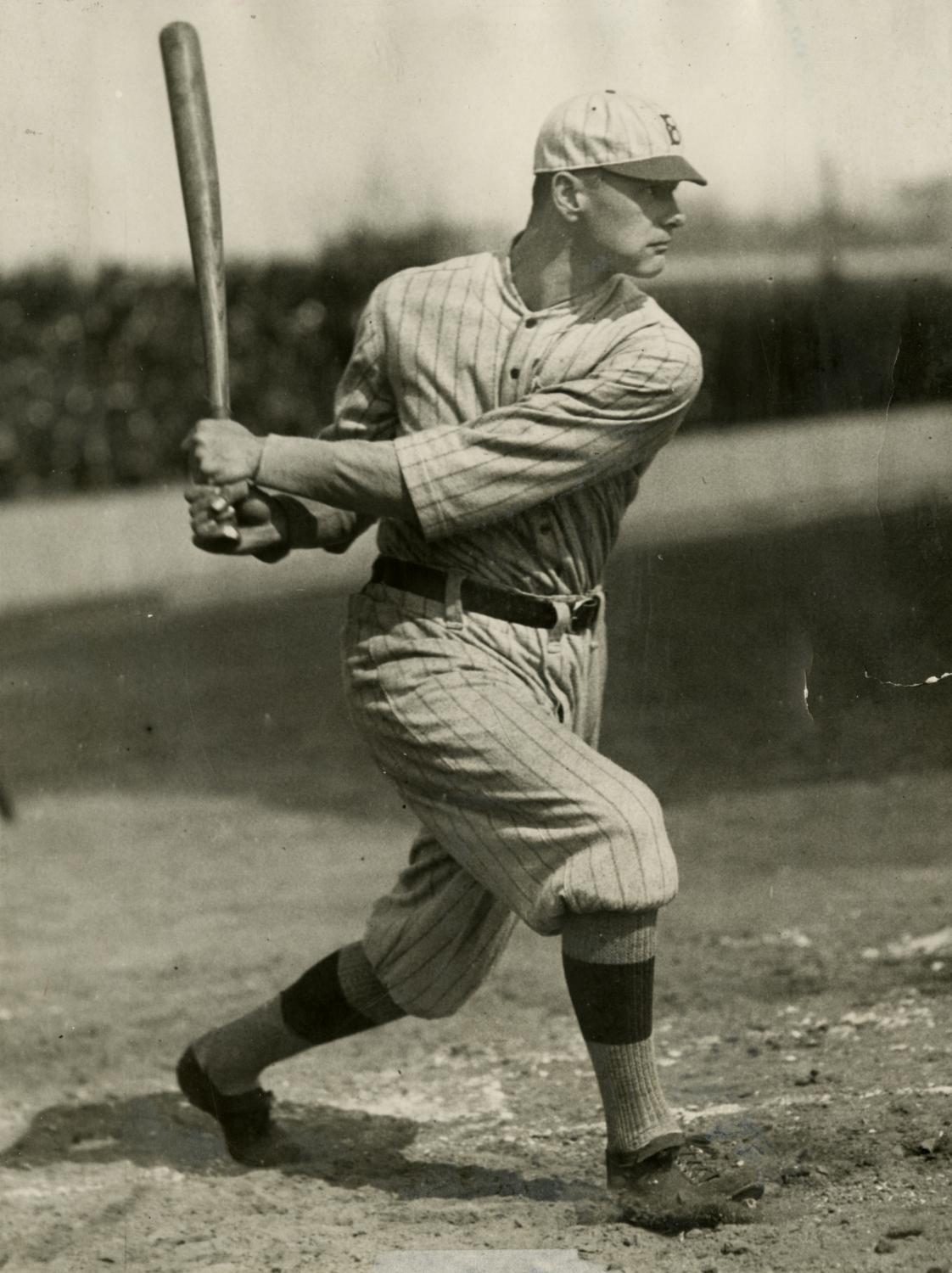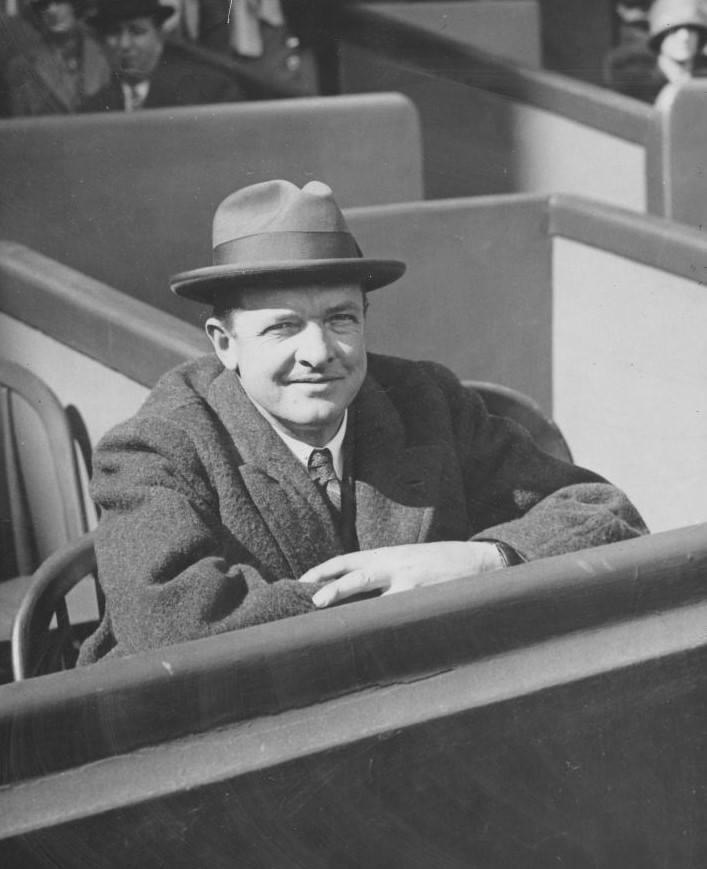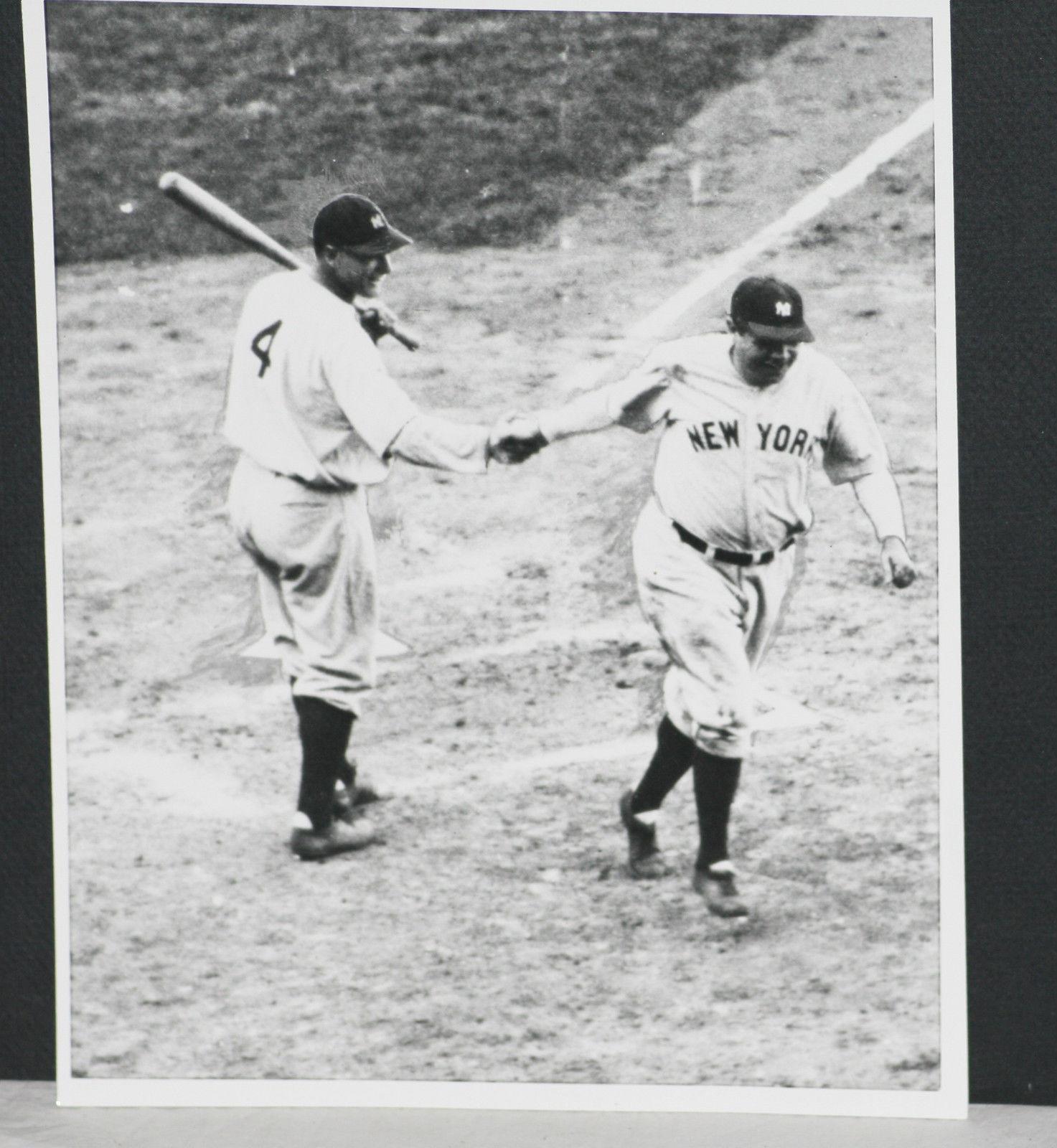Cy Williams
Position: Centerfielder
Bats: Left • Throws: Left
6-2, 180lb (188cm, 81kg)
Born: December 21, 1887 in Wadena, IN
Died: April 23, 1974 (Aged 86-123d) in Eagle River, WI
Buried: Three Lakes Cemetery, Three Lakes, WI
School: University of Notre Dame (South Bend, IN)
Debut: July 18, 1912
vs. PHI 1 AB, 0 H, 0 HR, 0 RBI, 0 SB
Last Game: September 22, 1930
vs. STL 1 AB, 1 H, 0 HR, 0 RBI, 0 SB
Full Name: Fred Williams
View Player Bio from the SABR BioProject
Nine Players Who Debuted in 1912
Rabbit Maranville
Cy Williams
Del Pratt
Bobby Veach
Ray Schalk
Casey Stengel
Buck Weaver
Ray Chapman
Herb Pennock
All-Time Teammate Team
Coming Soon
Notable Events and Chronology for Cy Williams Career
From 1915 through 1927, Williams was one of theNational League’s most prolific sluggers, winning or sharing four home run titles and finishing among the league’s top three in homers 11 times.
An architecture student at Notre Dame, Williams became a fine collegiate sprinter and hurdler and played football with Knute Rockne. Yet it was as a strong-hitting centerfielder that he gained the attention of the Cubs, who brought him directly to the majors after his graduation.
Williams tied New York’s Dave Robertson for the NL lead with 12 HR in 1916. Nevertheless, in one of the worst deals in Cubs history, he was traded (after a less productive 1917 season) to Philadelphia for 36-year-old Dode Paskert. Williams starred for the Phillies. His dead-pull, lefthanded stroke was ideally suited to Baker Bowl. It was for Cy that the first “Williams shift” was created; managers would load up the right side with fielders, knowing it was unlikely he would hit the ball to left.
Williams’s 15 homers in 1920 won him his second crown. In 1923 he hit 41, 19 more than the NL runner-up, to tieBabe Ruth for the ML lead. He shared his last title with Chicago’s Hack Wilson, hitting 30 in 1927. He hit 12 inside-the-park homers and seven grand slams, and his 11 pinch homers were a record until 1960. From 1918 through his last season, he raised his career batting average every year. He topped the .300 mark six times, with a high of .345 in 1926.
In each of his first 14 seasons, Williams played for a different manager, including Tinker, Evers, and Chance. After his retirement, he became a prominent architect in Eagle River, Wisconsin.
Factoids, Quotes, Milestones and Odd Facts
Coming soon
Other Resources & Links
Coming Soon
If you would like to add a link or add information for player pages, please contact us here.











